The Art of Touch & Redirecting Energy (from the ground up)
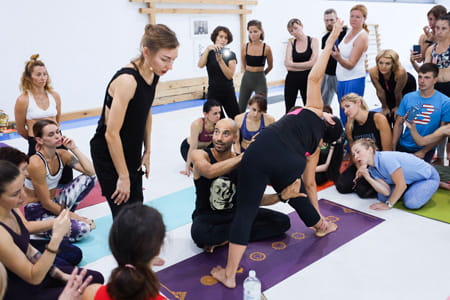
What participants will learn:
How to adjust students carefully, efficiently and effectively. Subject matter will rely on the reality of living anatomy, so (in all of my workshops) there will be anatomical lessons on various relationships of the segments of the body. How they relate to one another is the determining factor for proper adjustment toward more space in the body. A better understanding of who needs adjusting and who does not, and to what degree. Participants will walk away with the groundwork for a new skillset of listening with their eyes and hands and various ways to help create grounding in each pose. An exploration of sensitivity training and palpation with the intention of receiving feedback from the body itself. Observational skills are inherent in this ability and so will be touched on.
Sight: The Art of Receiving
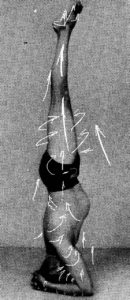
What participants will learn:
After my first Rolfing® session, I was determined to develop my ability to see. It was as if he had on X-ray glasses and took a look deep inside of me before he even thought about touching me. This ability to receive information about what’s going on along and underneath the surface, and the relationship between the two, is one that takes time and diligence. We will observe different structures and use the information to guide which poses are most useful for whom, as well as various ways each pose should be altered for maximum benefit.
Yoga and Anatomy
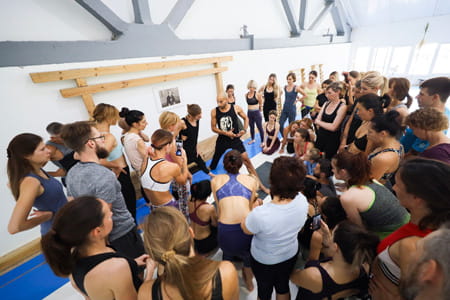
What participants will learn:
This workshop will introduce students to anatomical principles that guide integrative alignment in yoga postures. An accurate and practical perspective of how segments of the body relate with one another so to allow the core of one to open and align to the next. Beyond “everything’s connected”, the goal is for students and teachers to incorporate an anatomical lens to expand your perspective when looking at various bodies, in and out of asanas. This will allow for teacher to develop safe and creative verbal and manual adjustments in the spur of the moment, rather than regurgitate cues.
Practical Alignment for Back Issues
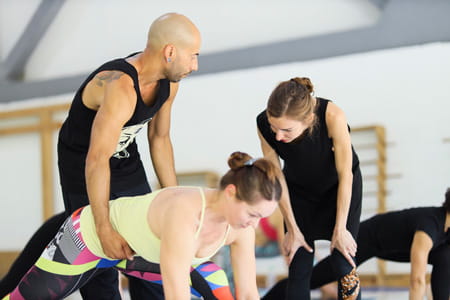 What participants will learn:
What participants will learn:
Let your practice be your medicine! With 27 years experience of yoga practice, over 10 years working with Senior Iyengar instructor John Schumacher, Terence introduces simple yet potent principles that can be applied to asana practice that revitalizes the body, eases pain chronic back pain by decompressing the spinal column. Alternatives and manual adjustments for back issues also covered.
The Art of Sequencing: Teaching Beginners
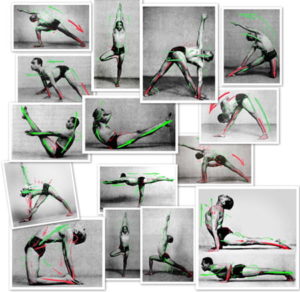 What participants will learn:
What participants will learn:
Most teachers find out pretty quickly that teaching the beginner is one of the greatest challenges. Those who are more advanced need only to be told what pose to do on which side. A beginner has no clue how to enter and exit a pose, or where in the body one should stabilize or support and where one should let go and release, and to what degree of either. We will address this sequencing on lots of levels: We will learn what pose are suited for beginners and proper sequencing of introducing more categories of asana as they develop. Sequencing of instructions going in and out of poses to maintain space, stability and grounding. Sequencing of movements and actions within each pose. Sequencing pose to pose, day to day, week to week, seasonal sequencing and life stage sequencing.
Adho-Mukha Vrksasana: Dissolving fear of full arm balance
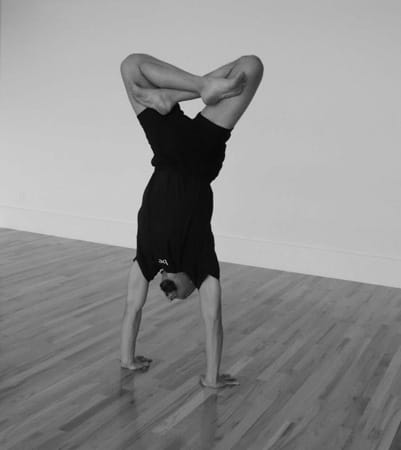 What participants will learn:
What participants will learn:
Preparations and recommended pre-reqs to Downward facing tree pose. Through learning what is required to sustain this pose, you will be guided systematically to mentally and physically prepare yourself to fearlessly kick up into the pose. Aligning, opening and stabilizing the shoulder girdle and exploring the relationship with the arms and ribs is also covered.
Introduction to Arm Balances
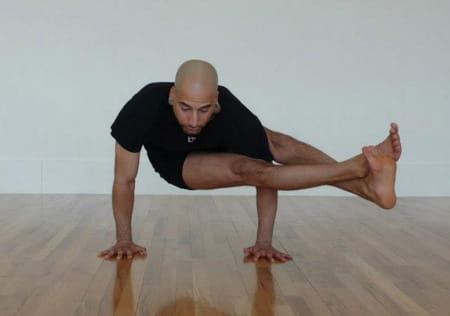 What participants will learn:
What participants will learn:
The basic arm balances will be broken down into manageable, practical parts. As most of the arm balances require a degree of mobility in the pelvis, the preparation of opening of the hips as well as stability of the shoulder girdle in relation to the ribs and spine will be a major focus of this workshop as well.
Introduction to Backbends
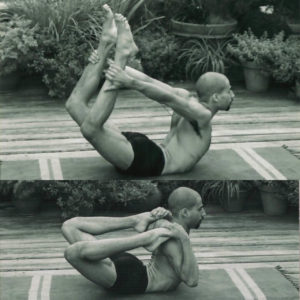 What participants will learn:
What participants will learn:
Iyengar deemed everything up to Urdhva Dhanurasana ‘baby backbends’. Learn how these ‘babies’ are the strengthening and lengthening base required to safely progress toward the more advanced back bends. Alternatives and manual adjustments for knee, neck, and lower back issues are covered as they inherently show up when these poses are done incorrectly.
Hip Openers
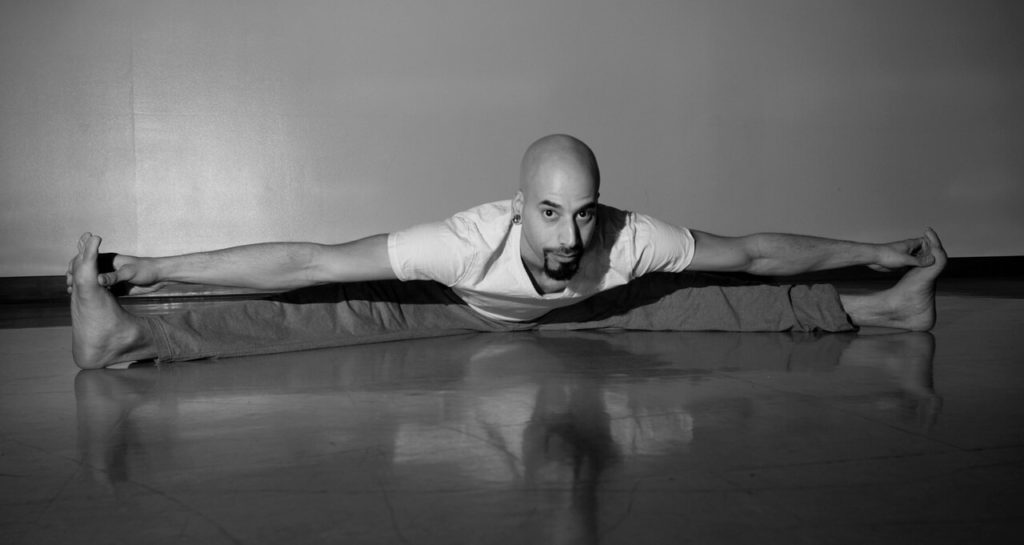
What participants will learn:
In this workshop we’ll get intimate with the pelvis and leave with a deeper understanding of the legs/pelvis/spine relationship. We will explore ways to practice standing poses to prepare for hip opening, for a more progressive approach to allowing space into the pelvis. We will explore how the movements and actions of the standing poses relate to the floor poses. Why does releasing the legs from the pelvis create space in the spine? Will the pelvis let go when the ribs are lifted? These questions and more, along with the major one: ‘How do we accomplish this on the mat?’ will be answered through experiential exploration.
The Alpha and Omega: Standing poses
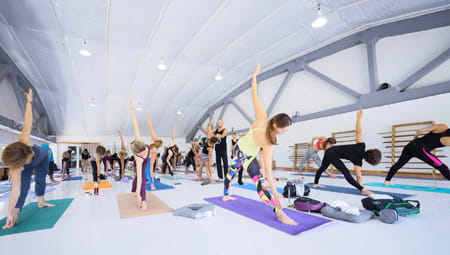 What participants will learn:
What participants will learn:
They contain all of the actions and movements of the more advanced floor poses, with the inherent addition of balancing and strengthening in every pose. Participants will experience the grounding expansive nature of these asanas. The relationship between tadasana (mountain pose) and the standing poses will be covered. In a practical experiential way, we’ll examine the relationship between ground and sky and our ability to relate the two through proper placement of the physical body. How these poses can be varied and sequenced to prepare for all the other categories of poses. How to sequence and practice them restoratively for the calming of the nervous system, or to invigorate and energize oneself. These are the basic poses your yoga practice should begin with and in the long run, end your practice with. As we age the standing poses become more and more important.
Evolution of Revolution: Twisting
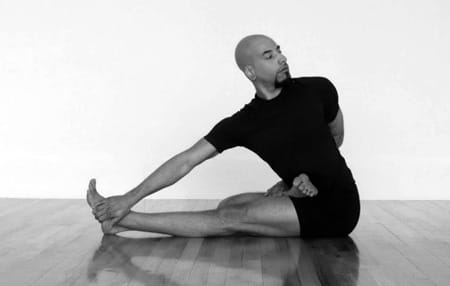 In this workshop we will examine the twisting asanas from a new perspective. Elongation and expansion of the entire structure makes space to explore new depths of the detoxifying, energizing and rejuvenating elements of these important asanas. Decompressing and rotating the vertebrae go hand in hand, so we will take time to create length and maintaining that spaciousness while diving into ‘wringing and rinsing’ the internal organs and spinal column.
In this workshop we will examine the twisting asanas from a new perspective. Elongation and expansion of the entire structure makes space to explore new depths of the detoxifying, energizing and rejuvenating elements of these important asanas. Decompressing and rotating the vertebrae go hand in hand, so we will take time to create length and maintaining that spaciousness while diving into ‘wringing and rinsing’ the internal organs and spinal column.
Flowering the Lotus
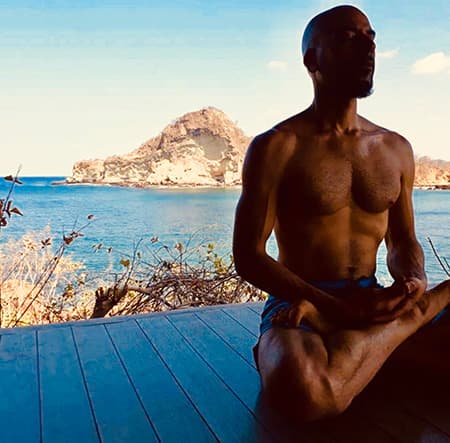 What participants will learn:
What participants will learn: